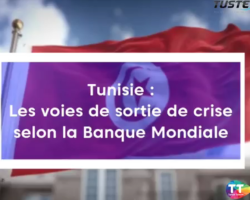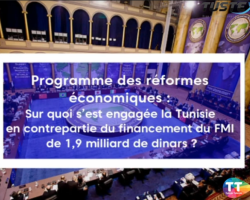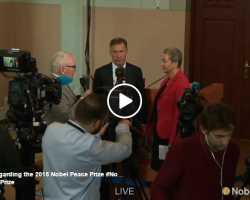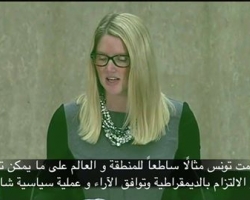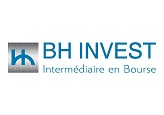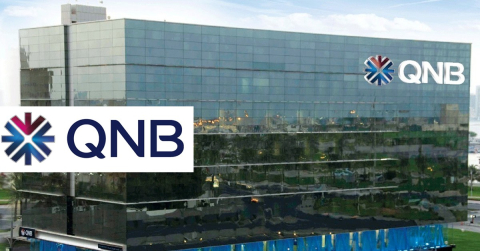
A disruptive agenda by President Trump has pushed economic policy uncertainty in the US to unprecedented levels. The new administration recently placed monetary policy at the center stage, aggressively advocating for significant policy rate cuts, and pressuring Federal Reserve officials to implement a more accommodative monetary policy. In the US, this represents a shift in the governance of a process that is typically highly technical.
Usually, monetary policy decisions are based on the outlook for key macroeconomic variables and a careful calibration of the impact of interest rate changes on economic activity and prices. This process is carried out with thorough deliberation by members of the Federal Open Market Committee (FOMC) and their staff, historically insulated from political pressures.
The emergence of the new regime has disturbed financial markets, which displayed significant fluctuations as investors try to find the appropriate levels of interest rates necessary to price assets under the new macroeconomic environment. In general, interest rates and the yields of US Treasury (UST) instruments of different maturities and types provide valuable information regarding the macroeconomic outlook. In this article, we look into these interest rates to uncover the outlook for the US economy.
First, the steepening of the real yield curve indicates cooling growth expectations. A benchmark measure of the slope of the real yield curve is the difference between the 10-year and 2-year yields of Treasury inflation-protected securities (TIPS). These securities strip out the inflation rate, reflecting changes in real interest rates. A widening of this gap, signals that markets expect decelerating economic activity in the short-term relative to the long-run. Furthermore, the widening of the gap this year has occurred with unchanged real long-term yields, meaning that longer term prospects remain unchanged. In recent months, softer job creation and a gradually increasing unemployment rate point to a weakening of labor markets and overall economic activity. Indeed, this year consensus real GDP growth expectations for 2025 and 2026 have fallen by 0.5 percentage points (p.p.) to 1.5% and 1.7%, respectively. In other words, the US economy is entering a softer environment and is set to deliver the weakest annual growth rates since the Covid-pandemic recession.
qnb-15092025-1.png

Media Folder :
Second, under current economic conditions real interest rates are at highly-restrictive levels. The real interest rate adjusts nominal interest rates by the rate of inflation, reflecting the true cost of credit by taking into account changes in the prices of goods and services, and is therefore a key determining factor of consumption, investment, and overall economic activity. The upper bound of the monetary policy rate stands at 4.5% which, with the inflation rate at 2.7%, implies a real rate of interest that is close to 1.8%. This is significantly above the “neutral rate” for the US of around 50-100 bps, the real interest rate that keeps the economy at full employment. This signals that current rates are excessively restrictive and need to be adjusted to avoid a sharper growth slowdown.
Third, short-term Treasury nominal yields closely track the path of the federal funds rate expected by the markets over the life of a particular note. This year, the 2-year UST yield has fallen 60 bps, from a peak of 4.40% in January to close to 3.80%. This fall in Treasury yields points to a sizable cycle of policy rate cuts by the Federal Reserve over the medium term. More concretely, markets are currently pricing two 25 bp to the federal funds rate by the end of 2025 and further rate cuts throughout 2026, for a terminal rate of around 3% by end-2026. This is a significant adjustment in expectations that is aligned with the current macroeconomic outlook.
All in all, interest rates are pointing to a mild “stagflation” scenario, where underwhelming economic growth combines with inflation still above the 2% target of monetary policy. Against this backdrop, FOMC members have underlined a “shifting balance of risks,” with more weight on weakening economic growth, and markets expecting a policy cycle that will take the benchmark interest rate to 3% by end-2026.
qnb-15092025-2.png

Media Folder :
Themes :
Les articles associés
-
8
-
194
-
121
-
41



































